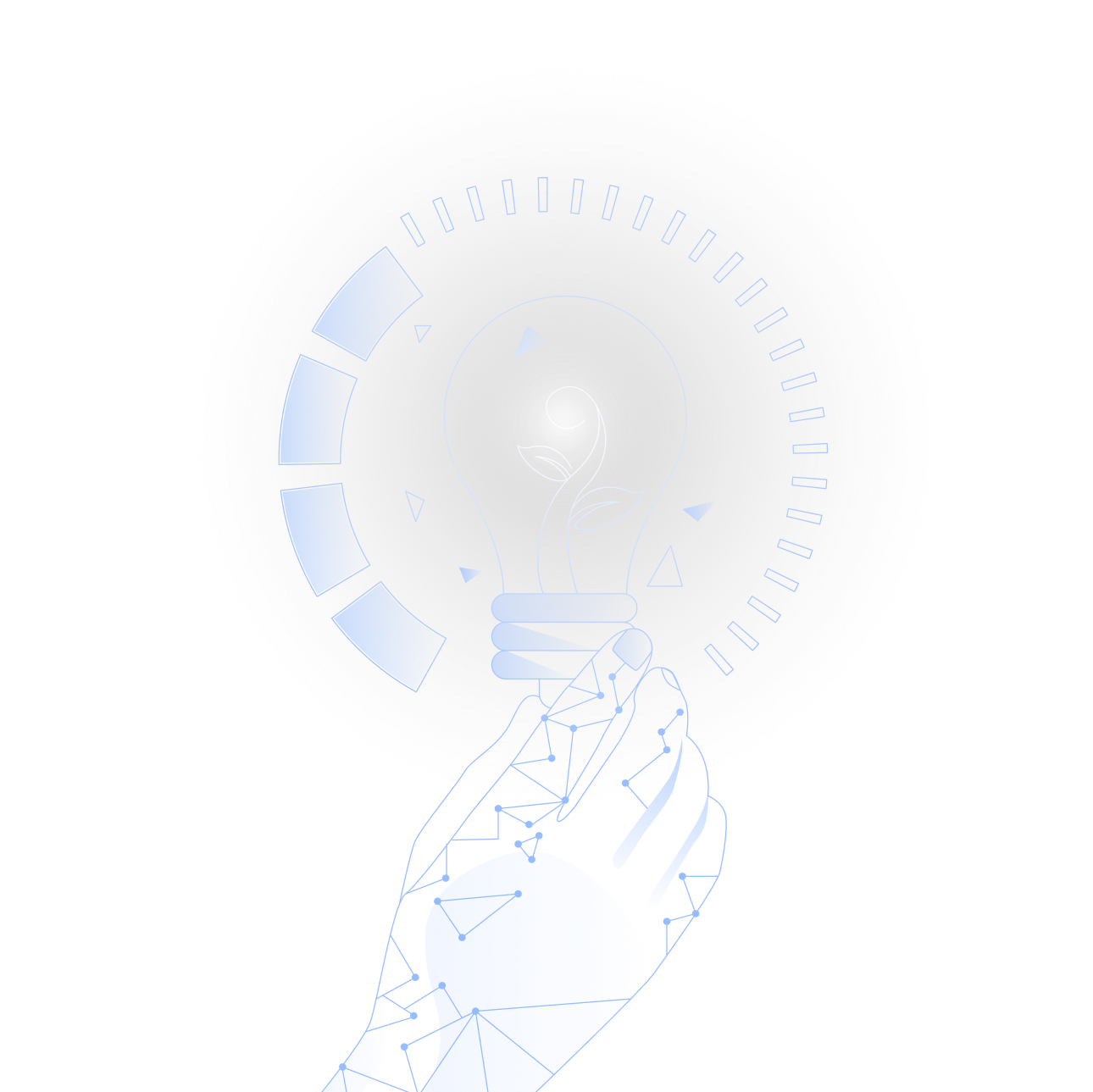We can't find the internet
Attempting to reconnect
WhyElixir


The Language Behind High-Performance Apps
Elixir is a dynamic, general-purpose language designed to empower developers and businesses in building scalable, concurrent, fault-tolerant and high-performance applications.
The Elixir Goodness
Here’s why you should consider elixir for your next project
The Language
Elixir features a clean and expressive syntax inspired by Ruby, emphasizing productivity and readability. The language includes several features designed to promote conciseness, such as Immutable Data, Pattern Matching, Functions as First-Class Citizens, Meta-programming.
Built on top of Erlang Virtual Machine
One of Elixir's key strengths is its foundation on the Erlang Virtual Machine, which provides the essential features for building scalable, fault-tolerant, distributed, and responsive applications—all crucial elements of a highly available system.
Operation simplicity
Elixir offers operational simplicity, streamlining the development process to significantly boost productivity and reduce the cognitive load on developers.
Ease of learning
While functional programming may have a learning curve, Elixir’s syntax is relatively straightforward to pick up for developers familiar with languages like Ruby or Python.
Active Community and ecosystem
The Elixir community is active and growing, providing a wealth of libraries, frameworks (like Phoenix for web development), and resources. The ecosystem continues to evolve, supporting a wide range of use cases.
Comprehensive tooling and documentation
Elixir and Erlang ship with a great set of tools to ease development including Mix, Hex, Code notebooks, such as Livebook. Exunit, Dialyzer and ExDoc.
The Elixir Story
Major events in the history of Elixir
Extensive libraries available for various domains
The Elixir ecosystem has evolved to support a broad range of domains
Web development
Frameworks like Phoenix and Ash offer a suite of features for rapidly building rich, interactive web applications. Phoenix works seamlessly with Elixir’s tooling and libraries, such as Ecto and the Elixir standard library, making it easy to build comprehensive applications.
Machine Learning
This includes notable libraries like Nx (Numerical Elixir), a numerical computing library in Elixir that provides tensor operations and supports machine learning workflows.
Embedded Systems
Nerves is a framework designed for building and managing embedded systems using Elixir. It streamlines the development, deployment, and maintenance of software for IoT devices and other embedded systems.
Native Applications
LiveView Native provides a powerful way to build native mobile applications with real-time capabilities using the same tools and paradigms as Phoenix LiveView, streamlining development and enhancing the user experience across platforms.

Business can achieve more with less
High performance, efficiency and maintainability
The fault-tolerant nature of Elixir can result in higher system reliability and reduced downtime, which is crucial for business operations and customer satisfaction.
Applications built with Elixir can often handle more traffic with fewer resources, potentially lowering cloud or server expenses.
Elixir’s growing popularity and active development indicate that it will continue to evolve and stay relevant.
How Elixir stands out
Here's how Elixir stacks up against some languages commonly used for developing and deploying enterprise applications

Choosing Elixir over Java or Go offers distinct advantages due to Elixir's superior concurrency and scalability, achieved through its lightweight processes and message-passing model, which mitigates issues like race conditions and the overhead of Java's traditional threads.
Elixir provides robust fault tolerance with supervision trees and a "let it crash" philosophy that simplifies error management, whereas Java and Go require more complex or manual error-handling strategies.
Elixir’s functional programming paradigm emphasizes immutability and reduces boilerplate code, speeding up development.
The BEAM VM enables hot code swapping for zero-downtime updates, a feature not natively supported by Java and often needing additional libraries or restarts in Go.

As at 2024, Elixir has risen to be the second most admired programming language to learn
Proven in Production
Elixir is used by companies like Adobe, Discord, and Pinterest, which handle millions of users and require high performance and reliability. This real-world validation speaks to its effectiveness in large-scale, demanding environments.
Copyright © 2025 Optimum